Silhouettes Say it All in Dramatic Feud Title Sequence
When Feud: Bette and Joan creator Ryan Murphy envisioned a retro opening for his FX series about Bette Davis (Susan Sarandon) and Joan Crawford (Jessica Lange), he reached out to Emmy-winning main title director Kyle Cooper with a simple mandate: take inspiration from mid-century graphic designer Saul Bass. "Ryan wanted this to be like the kind of thing Saul Bass did for Anatomy of a Murder in 1959, so that was our creative brief," Cooper says. "Make it consistent with the times."
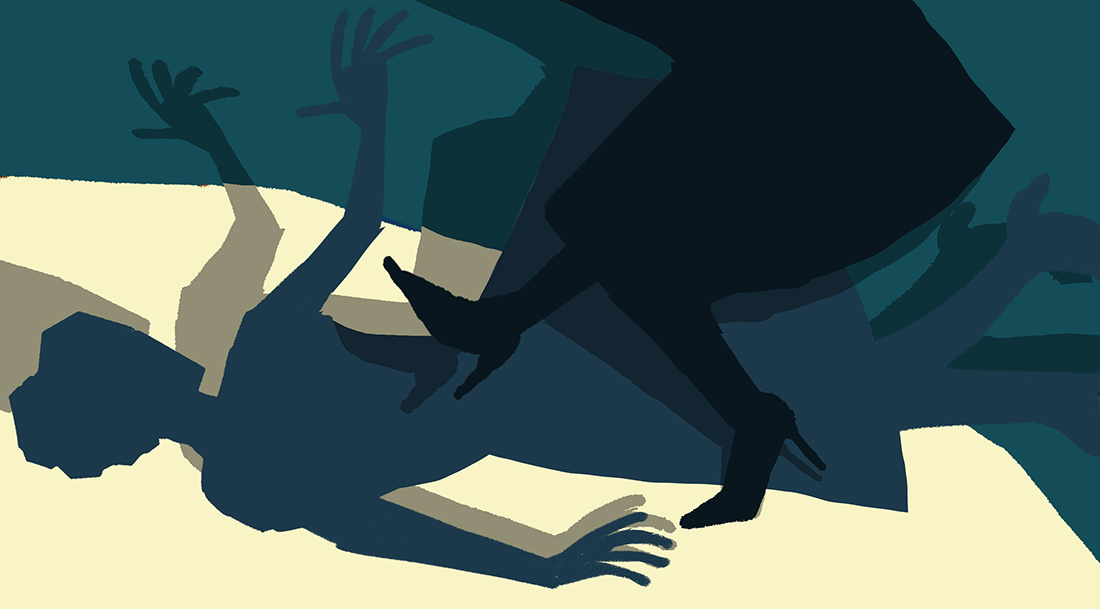
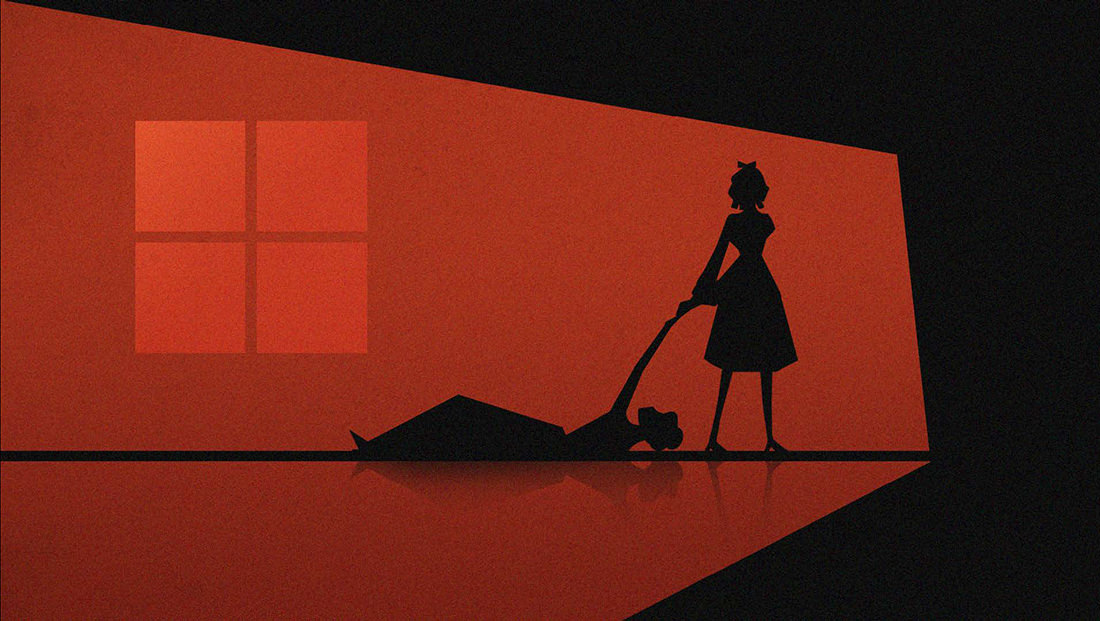
Cooper's resulting animation stands as one of season's most compelling title sequences: silhouetted figures tumble across yellow, red and blue backgrounds in abstract re-creation of the actresses' bitter rivalry during the filming of their 1962 horror movie Whatever Happened to Baby Jane? "I didn’t want to include any effects that couldn’t have been done at the time they made Baby Jane," Cooper says. "We did the sequence as if it were cel animation, where you set a camera above the hand-drawn images one shot at a time. If the animation looks retro, it probably comes out of those restraints."
Cooper, who first turned industry heads in 1995 with his famously gritty main title sequence for David Fincher's Se7en, decided to render the "Feud" stars in silhouette after studying Bass' 1955 title sequence for The Man With the Golden Arm. He also checked out the 2002 opening for Catch Me While If You Can https://www.youtube.com/watch?v=cwvIzFqrd7U and revisited paper cut-out collages produced by French painter Henri Matisse. "I set these parameters that everything had to be in silhouette, so we wouldn’t see any details in the people’s face and there wouldn’t be any kind of shading." Citing the wiry sculptures by Swiss sculptor Alberto Giacometti as another key influence, Cooper adds, "I liked the idea of making Joan and Bette these long, thin Giacometti-like characters."

Working out of his Prologue Films headquarters in Venice, California, Cooper timed the animation to match composer Mac Quayle's lush score, then completely re-conceived the color palette during the final stretch. "The secret sauce for this sequence is that I wanted to simplify the colors," says Cooper, who studied under graphic design master Paul Rand at Yale University. "Originally Ryan wanted the sequence to be very bright and vibrant, but Paul Rand used to warn me, 'Too much color is no color at all.' So I went back and challenged myself: Can I get away with just a few colors? For example, the blue you see behind the puppeteer is a Paul Rand blue, which has a little red in it. And the red has a little yellow, so it's warmer than a regular red. All the colors in this sequence are really a tip of the hat to Paul Rand."
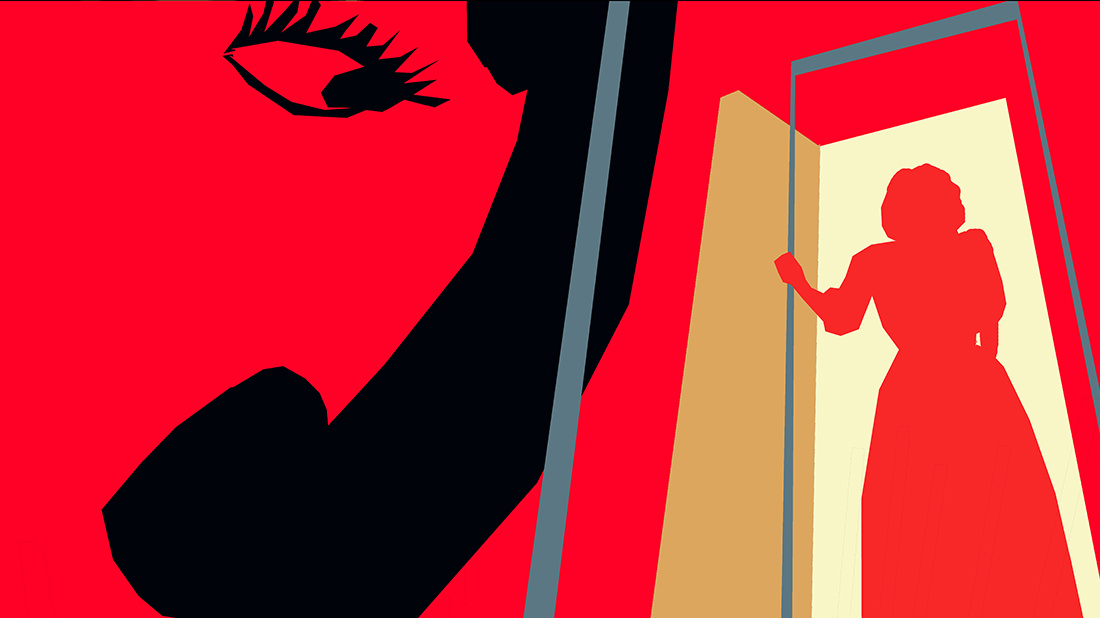
Once he'd figured out the basic elements, Cooper and his team still faced one big challenge. "Ryan wanted us to include five or six story beats showing how Joan and Bette abused each other, and then he told us 'By the way, it has to be continuous motion so you can’t have any cuts.' The transitions came with a very high degree of difficulty."
At one point, Cooper transformed the glowing ash from a mogul's cigar into a sprinkling of golden Oscar trophies. He says, "The great thing about animation is, you can transition to anything you want because you don't have to be completely literal. That allowed us to include metaphors like the cigar, which represents the largess of the studio executives all clamoring for the Oscar-like crumbs that fall from the table."
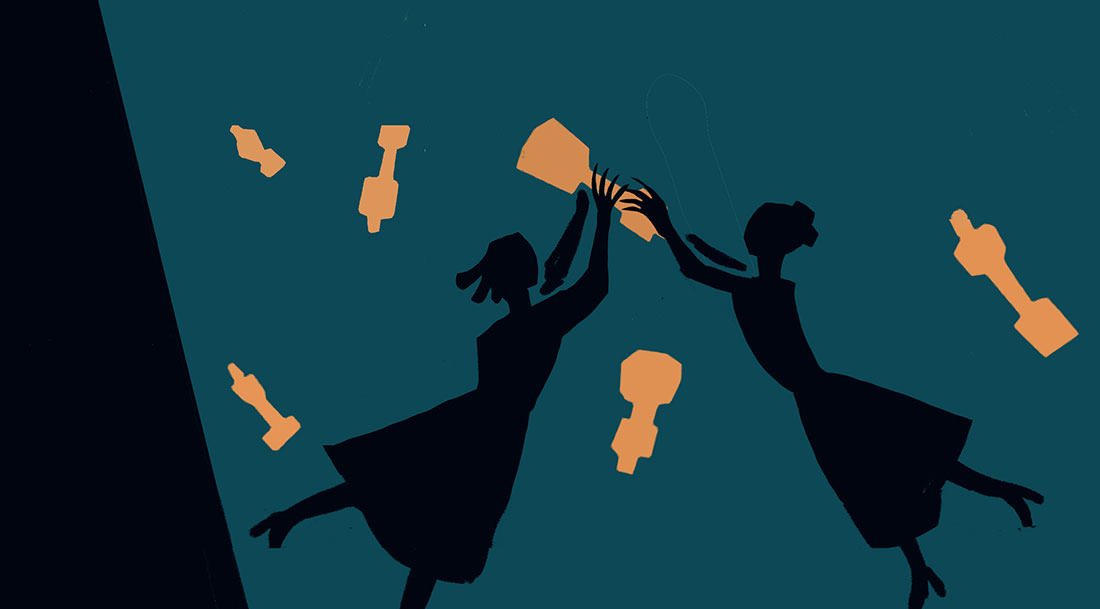
The "Feud" title sequence goes into melodramatic overdrive when "Bette" serves a rat to "Joan" for dinner and the characters get swallowed up in a swirling vortex. Cooper says, "That vortex animation is taken right from Whatever Happened to Baby Jane because in the movie, when Joan sees the rat, she starts spinning around in the wheelchair going crazy. For us, the vortex animation was like a shorthand way of saying 'They're slipping into madness.'"
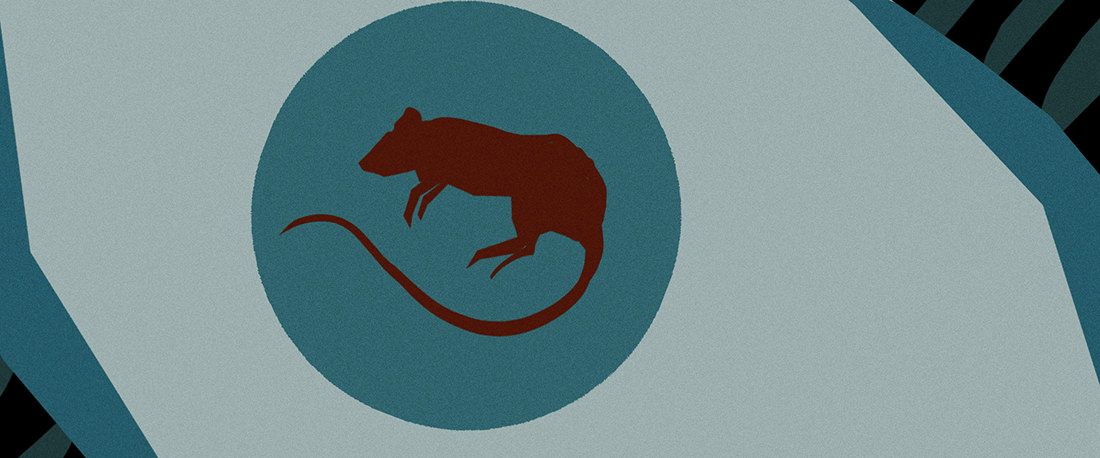
Featured images courtesy of FX.



